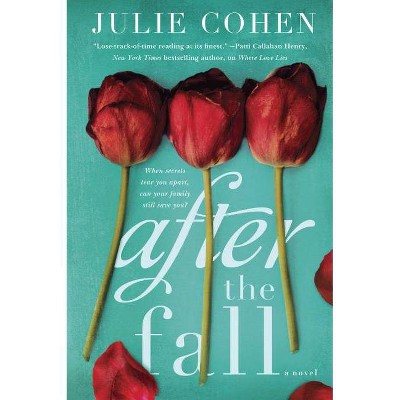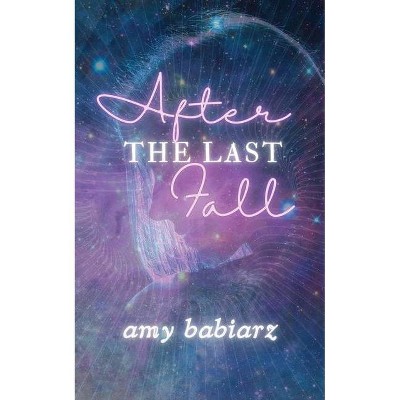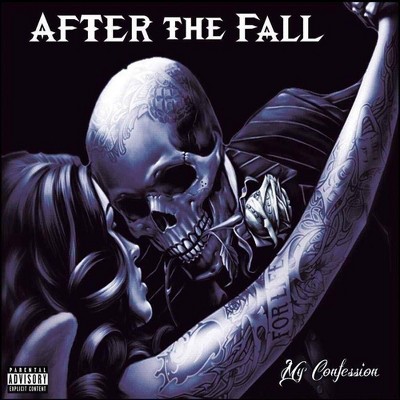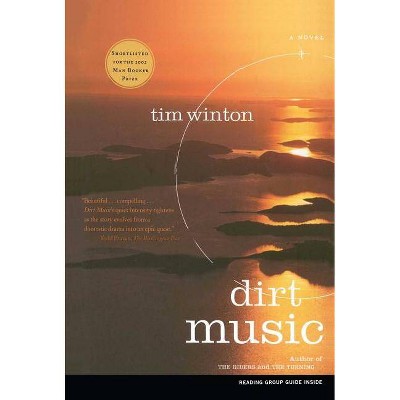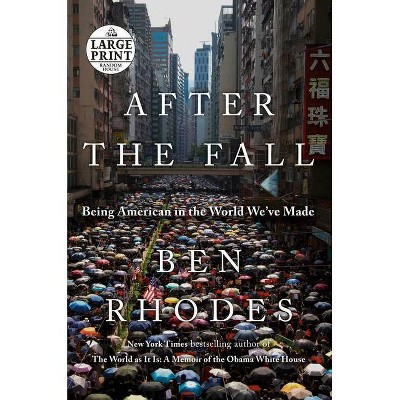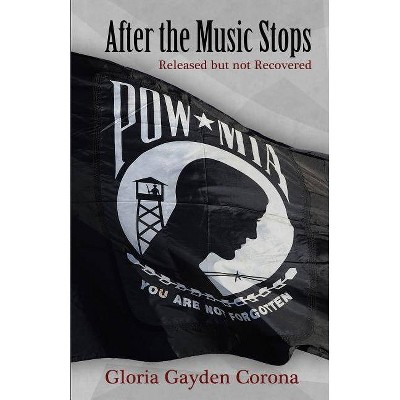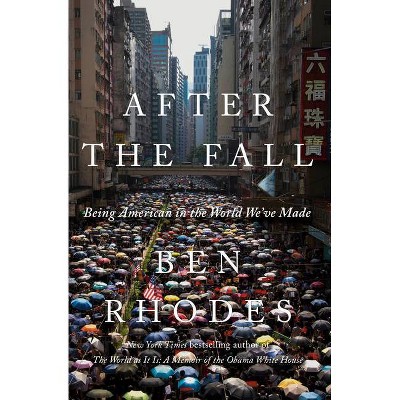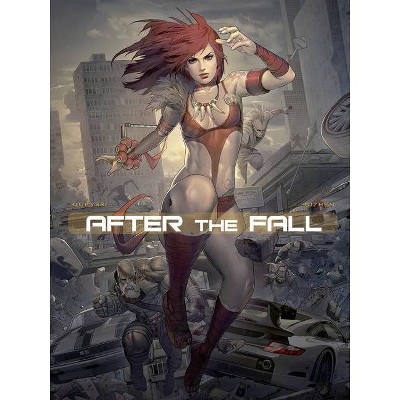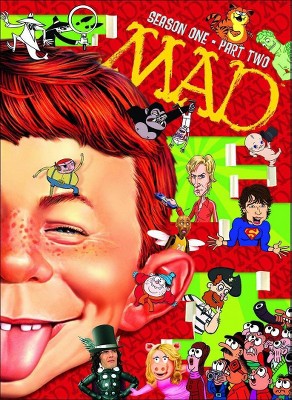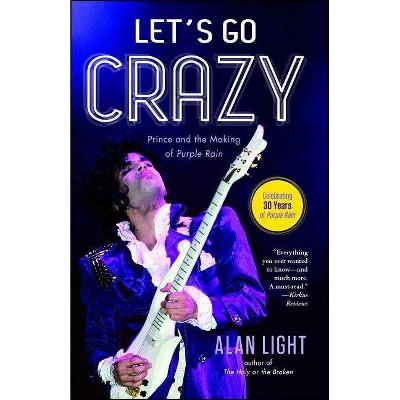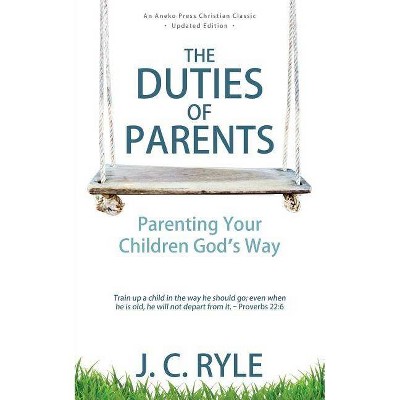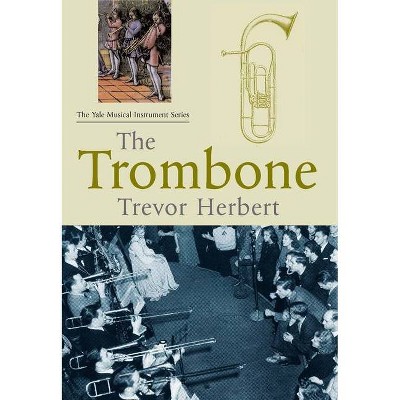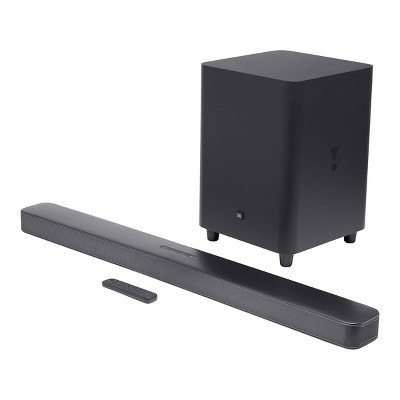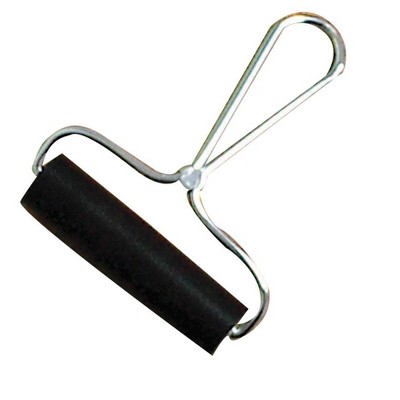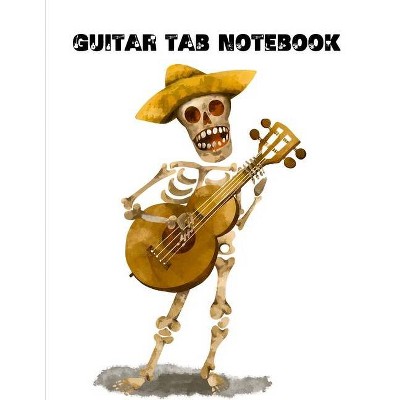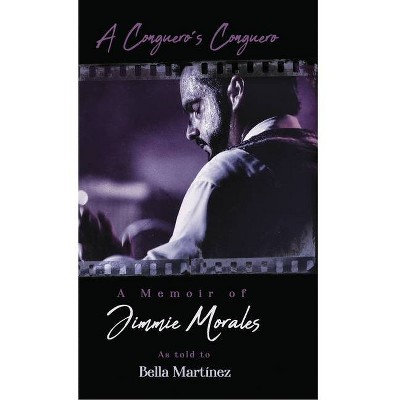Music After the Fall - by Tim Rutherford-Johnson (Paperback)
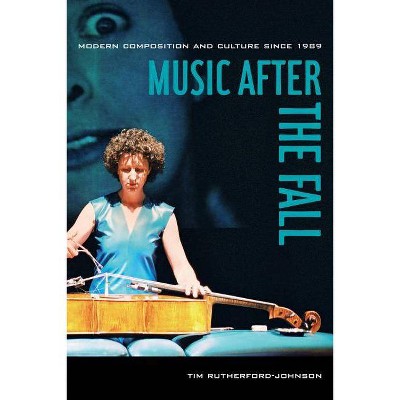
Similar Products
Products of same category from the store
Product info
<p/><br></br><p><b> About the Book </b></p></br></br>This is the first book to survey contemporary Western art music within the transformed political, cultural, and technological environment of the post-Cold War era. In this book, Tim Rutherford-Johnson considers musical composition against this changed backdrop, placing it in the context of globalization, digitization, and new media. Drawing connections with the other arts, in particular visual art and architecture, he expands the definition of Western art music to include forms of composition, experimental music, sound art, and crossover work from across the spectrum, inside and beyond the concert hall. Each chapter is a critical consideration of a wide range of composers, performers, works, and institutions, and develops a broad and rich picture of the new music ecosystem, from North American string quartets to Lebanese improvisers, from electroacoustic music studios in South America to ruined pianos in the Australian outback. Rutherford-Johnson puts forth a new approach to the study of contemporary music that relies less on taxonomies of style and technique than on the comparison of different responses to common themes of permission, fluidity, excess, and loss.<p/><br></br><p><b> Book Synopsis </b></p></br></br>"...the best extant map of our sonic shadowlands, and it has changed how I listen."<b>--Alex Ross, <i>The New Yorker</i></b><br /> <br /> "...an essential survey of contemporary music."<b>--<i>New York Times</i></b><br /> <br /> "...sharp, provacative and always on the money. The listening list alone promises months of fresh discovery, the main text a fresh new way of navigating the world of sound."<b>--<i>The Wire</i></b><br /> <br /><b>2017 Music Book of the Year--Alex Ross, <i>The New Yorker</i></b><br /><br /><i>Music after the Fall</i> is the first book to survey contemporary Western art music within the transformed political, cultural, and technological environment of the post-Cold War era. In this book, Tim Rutherford-Johnson considers musical composition against this changed backdrop, placing it in the context of globalization, digitization, and new media. Drawing connections with the other arts, in particular visual art and architecture, he expands the definition of Western art music to include forms of composition, experimental music, sound art, and crossover work from across the spectrum, inside and beyond the concert hall.<br /><br /> Each chapter is a critical consideration of a wide range of composers, performers, works, and institutions, and develops a broad and rich picture of the new music ecosystem, from North American string quartets to Lebanese improvisers, from electroacoustic music studios in South America to ruined pianos in the Australian outback. Rutherford-Johnson puts forth a new approach to the study of contemporary music that relies less on taxonomies of style and technique than on the comparison of different responses to common themes of permission, fluidity, excess, and loss.<p/><br></br><p><b> From the Back Cover </b></p></br></br>"Tim Rutherford-Johnson is probably the most authoritative international chronicler of the composed music of our time, and in this book he manages the near-impossible feat of mapping a field that is changing by the day. He is a rigorous thinker, yet he avoids dogma and shows unexpected sympathies. What results is an indispensable work of intellectual passion."--Alex Ross, author of <i>The Rest Is Noise</i> and <i>Listen to This</i> <p/> "Studded as it is with just insights, Rutherford-Johnson's book is even more remarkable--and valuable--for the perspectives it offers on the period since the climacteric of 1989. Here are some new tools for thinking, rethinking, and thinking on."--Paul Griffiths, author of <i>Modern Music and After </i> <p/> "It's a sign that a book is a conversation changer when that book creates a need for its own existence. <i>Music after the Fall</i> is just such a radical rewriting of what we might require from a historical analysis of new music, taking an ecological approach that accounts for race, gender, technologies, and institutional and socioeconomic forces. A compelling and exhilarating read."--Liza Lim, Professor of Composition, University of Huddersfield<p/><br></br><p><b> Review Quotes </b></p></br></br><br>"<i>Music After the Fall</i> succeeds, faced with a bewildering range of styles, in showing us how to approach the at times forbidding terrain of contemporary music."-- "Gramophone"<br><br>"In relaxed and readable prose, Rutherford-Johnson describes in detail how pieces of new music might be received, experienced or understood by a general audience, without any need for a background in musical training...an informed, engaged and thoughtful account."-- "The Journal of Music"<br><br>"Music After the Fall is sharp, provacative and always on the money. The listening list alone promises months of fresh discovery, the main text a fresh new way of navigating the world of sound." -- "The Wire"<br><br>"This remarkable feat of synthesis and analysis...has fundamentally changed my vision of the music of our time. No one who seriously follows contemporary music should be without it." -- Alex Ross-- "The Rest is Noise"<br><br>2017 Music Book of the Year -- Alex Ross-- "The New Yorker"<br><br>"...an essential survey of contemporary music." -- "New York Times"<br><br>"...Rutherford-Johnson catalogues the bewildering diversity of twenty-first-century composed music, and, more important, makes interpretative sense of a corpus that ranges from symphonies and string quartets to improvisations on smashed-up pianos found in the Australian outback..."Music After the Fall" is the best extant map of our sonic shadowlands, and it has changed how I listen." Alex Ross-- "The New Yorker" (8/20/2018 12:00:00 AM)<br><p/><br></br><p><b> About the Author </b></p></br></br><b>Tim Rutherford-Johnson</b> is a London-based music journalist and critic. He was the contemporary music editor at <i>Grove Music Online</i> and edited the most recent edition of the <i>Oxford Dictionary of Music.</i> He has taught at Goldsmiths College and Brunel University, and since 2003 he has written about new music for his blog, <i>The Rambler</i>.
Price History
Cheapest price in the interval: 27.49 on November 8, 2021
Most expensive price in the interval: 27.49 on December 20, 2021
Price Archive shows prices from various stores, lets you see history and find the cheapest. There is no actual sale on the website. For all support, inquiry and suggestion messages communication@pricearchive.us

